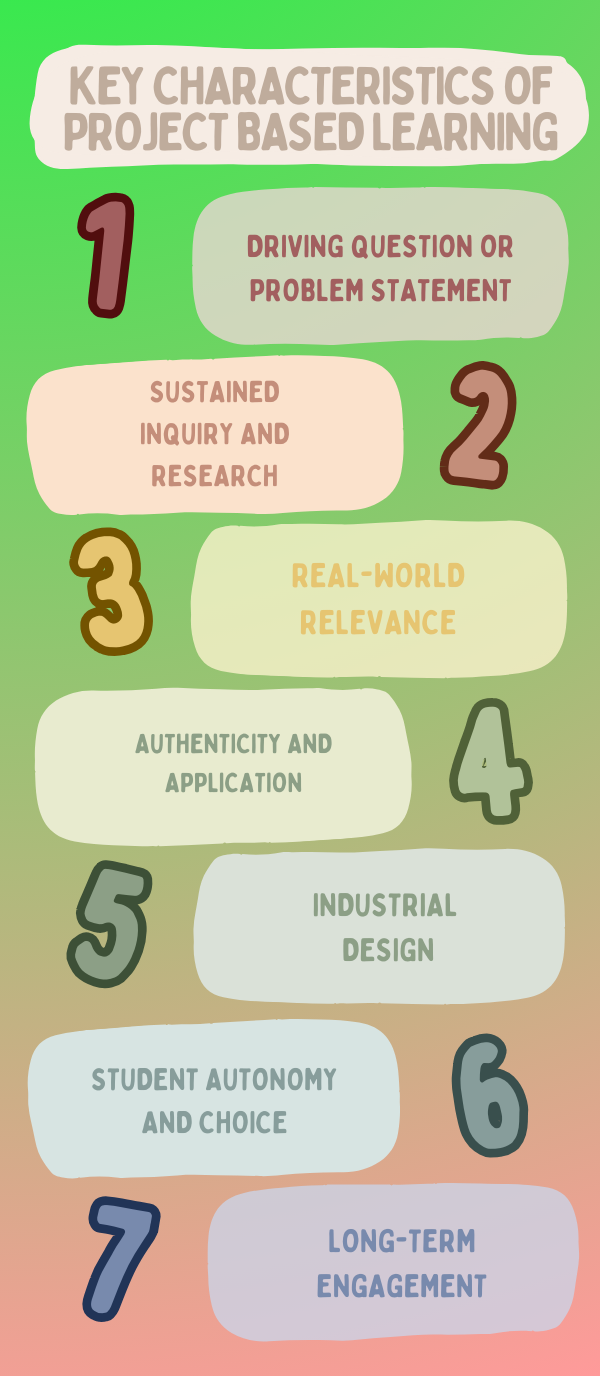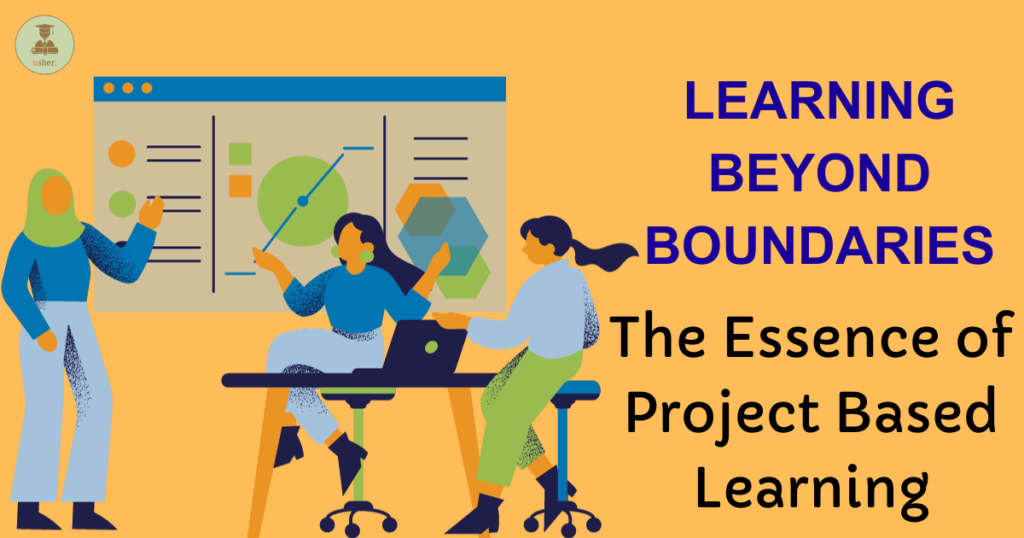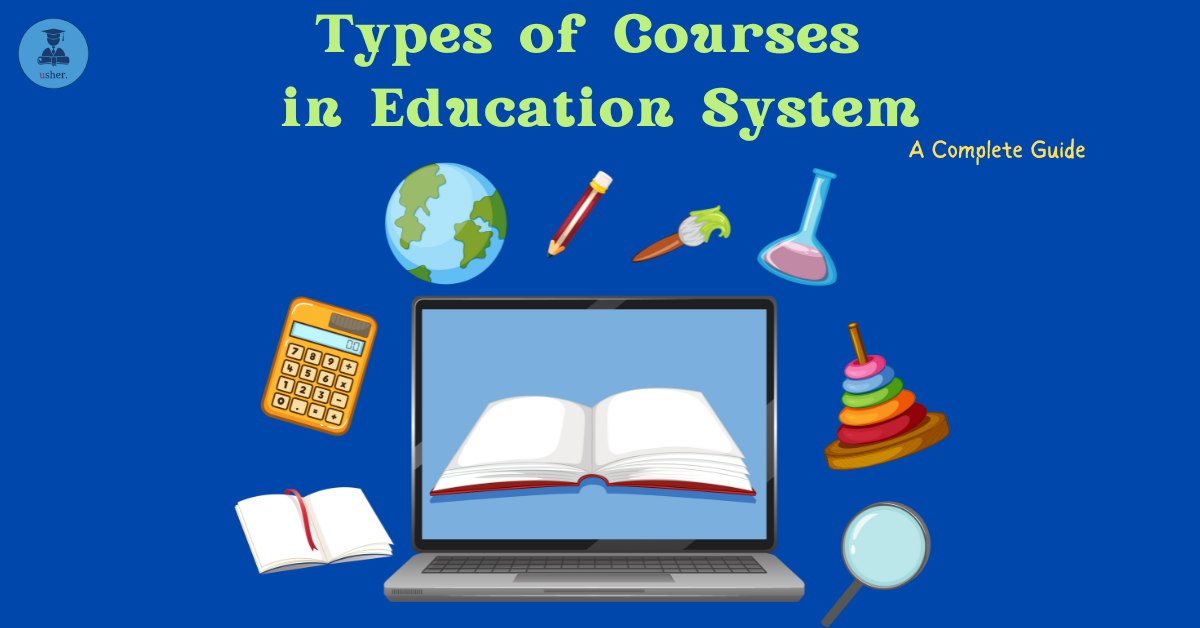Gone are the days when education was merely theoretical, passive, and teacher-centric. The techniques used to teach today are different than they were 50 years ago.
One such technique in tutoring was introduced in the 1960s in medical education and in the 1980s and ’90s this practice was adopted in some K-12 schools known as project based learning (PBL).
Since then, project based learning has garnered attention from many educators and teachers around the world. Many started implementing them in their schools and colleges. Teachers found this approach better than memorization of subjects with little practicality. They stated that these projects gave students a real world context for learning, creating a strong ‘need to know’ attitude and motivating them for deeper understanding.
What exactly is Project Based Learning?
Project-Based Learning (PBL) is an instructional approach that focuses on engaging students in learning through the creation and completion of projects. In PBL, students work on a specific project over an extended period, typically involving real-world problems or scenarios.
Although this strategy was introduced for medical graduates, it became widely accepted by many colleges of other specializations and later schools.
Project-based learning has developed in K–12 education as an approach to teaching that addresses fundamental material through rigorous, valuable, hands-on learning. Projects typically offer students more options for showing their knowledge because they are more open-ended than problem-based learning. Open-ended questions are frequently used to frame projects, encouraging students to study, conduct research, or develop their own solutions. All these activities enhance higher-order thinking skills.
Key Characteristics of Project Based Learning
Project based learning is characterized by specific features that distinguish it from traditional classroom approaches.

Advantages of Project Based Learning
Project based learning brings out different aspects of students into action. They include:
- Critical thinking – Students start to think out of the box. This lets them go deep in understanding the problem and work out a solution.
- Creativity and innovation – PBL amplifies creativity in students. They tend to find new innovative strategies for analyzing and problem-solving.
- Collaborative Learning- PBL often involves collaborative group work, encouraging students to work together, share ideas, and contribute their strengths to achieve common project goals. This cultivates teamwork and interpersonal skills.
- Motivation – By focusing on projects that are interesting and important to students, PBL fosters a sense of ownership and motivation in them.
- Engagement – Through personal connections between the students and the curriculum, PBL makes learning far more purposeful, applicable, and meaningful.
Limitations of Project Based Learning
Despite the fact that project based learning is one of the best techniques in education, it also has its own limitations too!
- Time-Intensive Planning and Implementation – Teachers need to put a lot of time and energy into planning and implementing PBL in order to create projects that are suitable for the curriculum, connect them with standards, and provide the required support and resources.
- Limited Coverage of Curriculum – Due to the in-depth focus on a particular project/topic, PBL may not cover all the material outlined in a curriculum. To fill in the gaps, additional teaching could be required.
- Resource and Technology Requirements – Some PBL projects could need particular tools, equipment, or facilities that might not be easily accessible in all learning environments, which might restrict their use.
- Lack of standardization – The nature of PBL can cause variances in students’ experiences and results, making it challenging to standardize the educational process across different classrooms or institutions.
- Unfamiliarity and Immaturity – Some students may find it challenging to effectively work in a group and to comprehend the real-life problems of PBL.
We understand that Project Based Learning (PBL) is a student-centered educational approach that immerses learners in authentic, real-world projects. It offers a dynamic and engaging way to acquire knowledge and skills by focusing on inquiry, problem-solving, collaboration, and application of learning.
Though PBL has its own limitations; careful planning, ongoing support, and effective evaluation can help to overcome these limitations and implement project based learning to its full potential.
All the Best!




